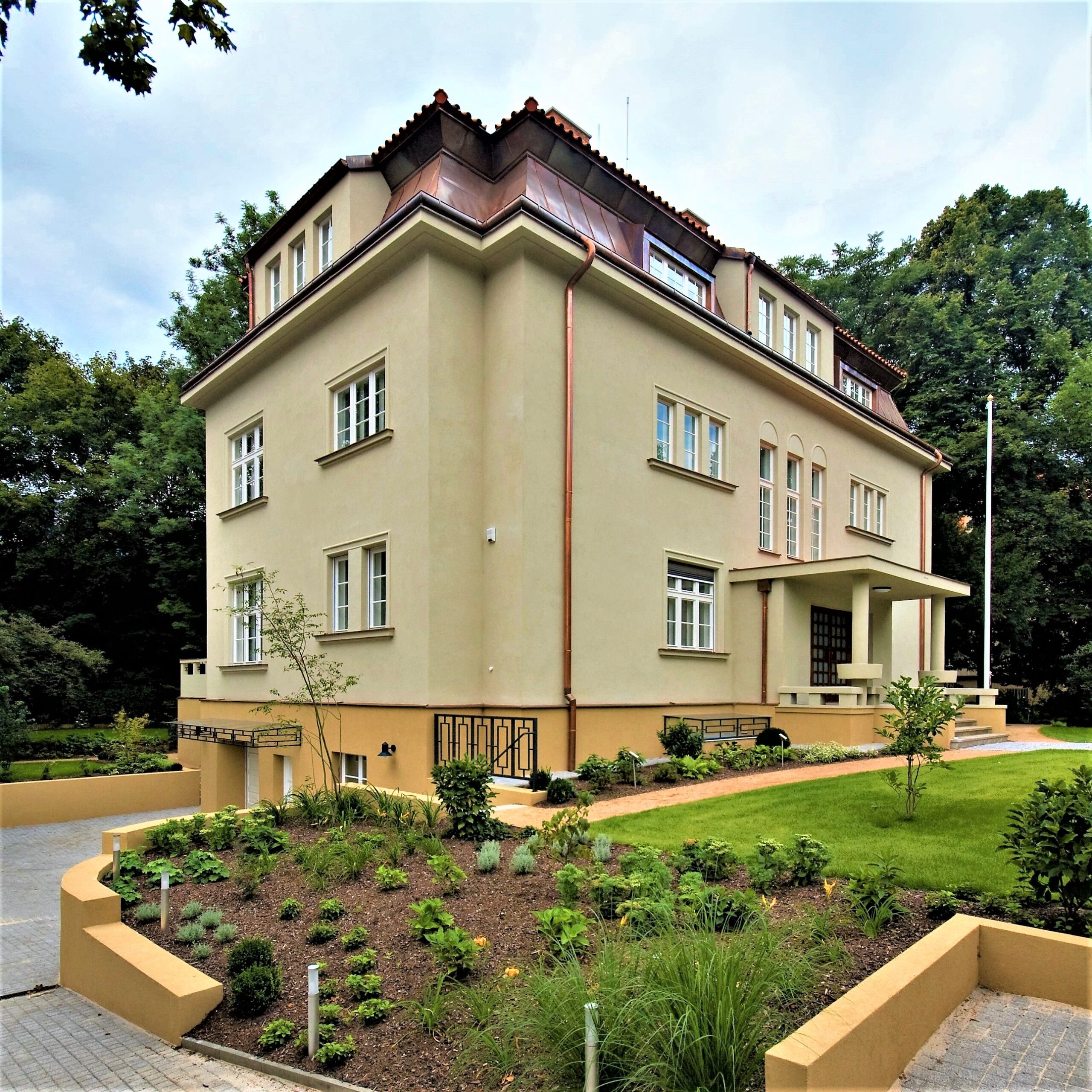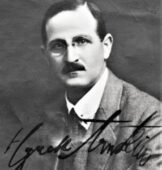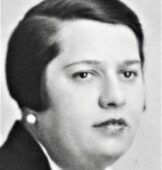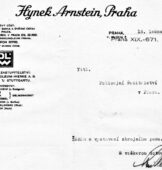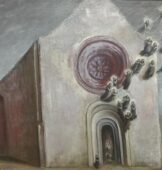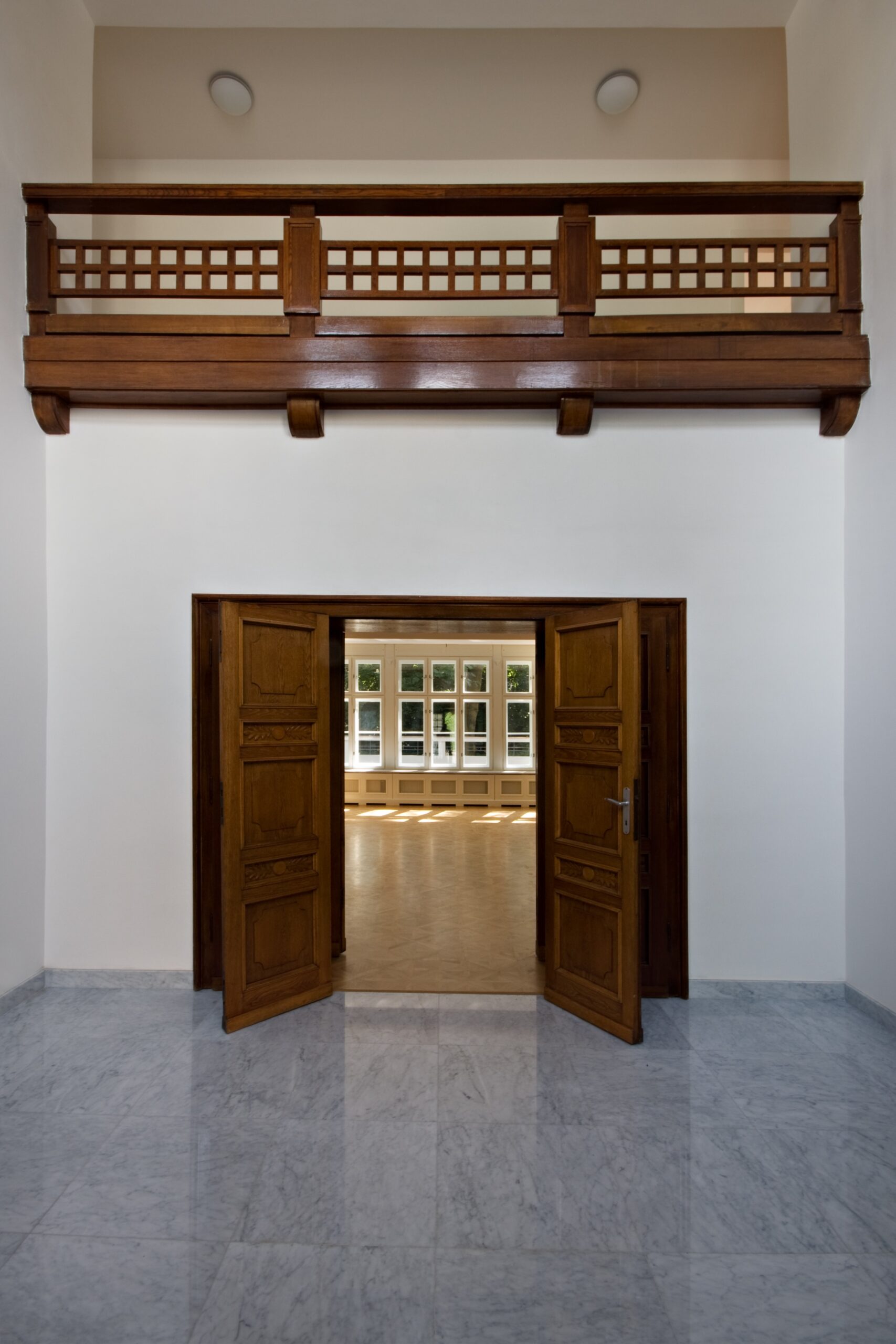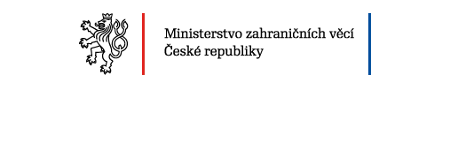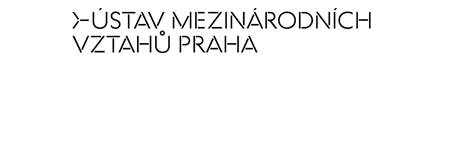Villa owners
The villa was built for wholesaler Hynek Ignác Arnstein, born April 26, 1880. He started trading in waxed canvas and linoleum, later became the general representative and managing director of Deutsche Linoleum – Werke a.g., Bietighem
Hynek Ignác Arnstein married on January 1908 in Warsaw. His wife Lola (Ljuba) Glowinska was born on May 5, 1889. Their daughter was born on December 26, 1908. Nelly Arnstein studied at the School of Fashion Drawing in Vienna and the Raimannschule in Berlin. Nelly Arnstein devoted herself to painting, graphics as well as costume and stage design (D 34, National Theater,etc.)
Hynek Ignác Arnstein was transported to Terezín in 1942 and he died in the ghetto in Izbica. Lola Arnstein was transported to Terezín in 1941, later to Warsaw, where she died.1
Nelly Arnstein – Zdenka Arnošt fled to Belgrad at the beginning of the war. She returned to Prague after the war for a short time, in 1946 she went to Paris, where she married French poet Raimond Datheil (1902–1983). Nelly Datheil acquired French citizenship in 1957. Zdenka Datheil has exhibited her paintings and graphics in galleries in France and around the world. Her two paintings, „Portrait-de-l´oiseau-qui-n´existe-pas“ and „Composition sur fond vert“, were purchased by the Musée national d ´art moderne–Centre Pompidou2. Zdenka Datheil died in France in 1999.
The construction of the villa was started according to the plans of Ing. Rudolf Kraus company in 1928, completed and approved in 1929. The villa is a stylish classic construction product of the late 1920s, characterized by typical building features, such as woods around windows and doors, the layout of the palace shift with higher spatial comfort. The villa consists of three floors above ground and one underground floor, ending with a mansard roof. The ground floor and first floor have ceilings with a walking terrace. Access to the back part of the garden is possible via brick stairs from the terrace, located on the ground floor. The facade of the building is mostly neoclassical (stucco and stone elemenets) with elements of Czech modernism and emerging funcionalism.
The layout of the villa was modified in 1941, based on the plans of architect Franz Böhm, another overhaul took place in connection with the division of the villa into 9 flats, when the villa was administrated by the District Housing Administration. Further adjustments were made by the Administration of Services to the Diplomatic Corps in 1985, 1990 and the Diplomatic Service in 2007-2008 in accordance with the specifics of the diplomatic mission3.
History of the villa
The vila was confiscated from Arnsteins in 1940, according to a record in the land register of July 9, 1940, No. 18801 „Auf Grund der Erklärung vom 4. Juli 1940 wird das Eigentumsrecht f’ur den Auswanderungefond für Böhmen und Mähren einverleibt“, after war the villa came under national administration, according to the Decree of the President of the Republic of May 19, 1945. In 1951, the Czechoslovak State – Ministry of the Interior, became the owner of the villa, since 1958, the administrator of the villa was established the Administration of Services to the Diplomatic Corps, whose successor organization is Diplomatic Service.4
The Lesse of the villa has been the Embassy of the Lebanese Republic since 1962, and since 2022 the villa has been leased by the Embassy of the Kingdom of Belgium.
1 Ing. arch. Bohumil Beránek a kolektiv, archivní materiály Odboru územního rozvoje ÚMČ Prahy 6
2 Toman, P.: Nový slovník československých výtvarných umělců, Výtvarné centrum Chagall, Ostrava 1993, https://www.centrepompidou.fr/en/ressources/personne/c5zppM
3 Archiv DS – J 03 127
4 Výpis z pozemkové knihy KÚ pro hl. m. Prahu, vl. č. 387

